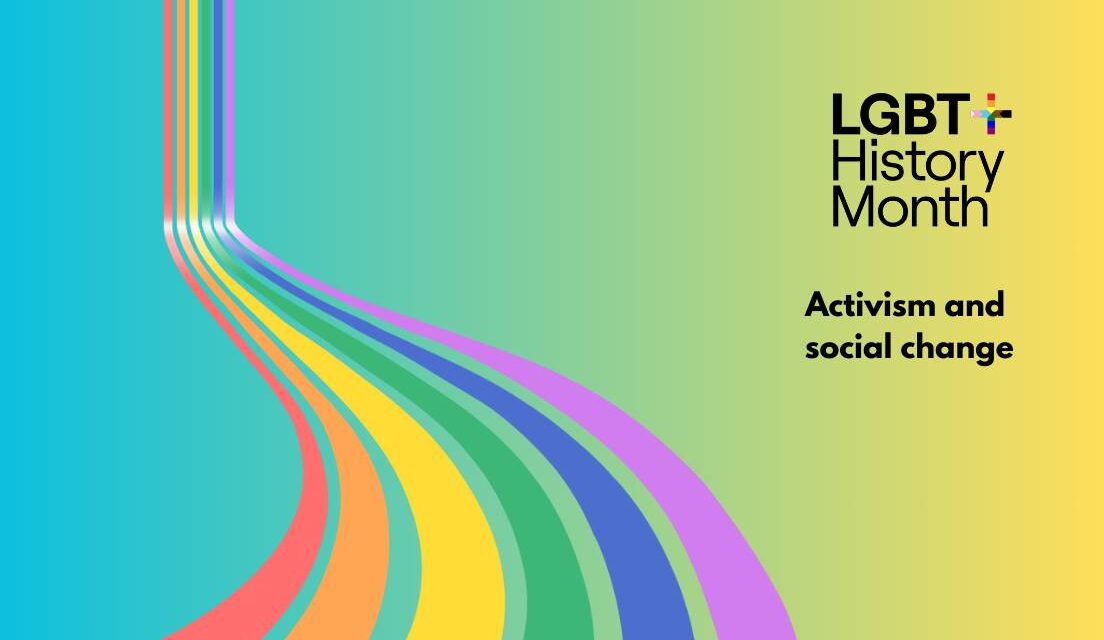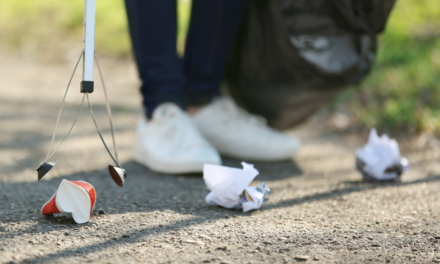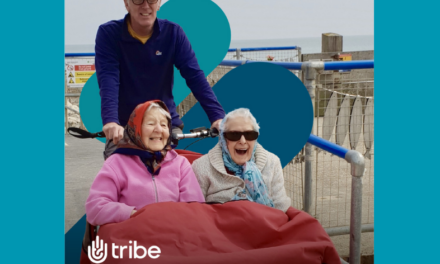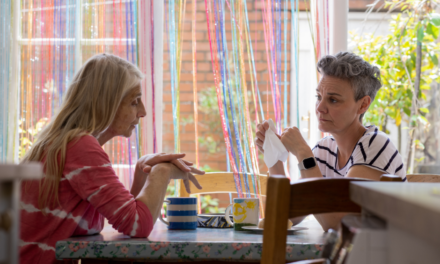February is the 20th anniversary of LGBT+ History Month in the UK and a celebration of lesbian, gay, bisexual and trans (LGBT+) history. It’s also an opportunity to reflect on the timeline of LGBT+ rights and related civil rights movements. The theme for 2025 is “activism and social change.”
Redefining modern Britain
Throughout history, people have lived outside the accepted sexual and gender conventions of the time. However, LGBTQ+ history is often hidden from view or deliberately erased. For centuries prejudice, ignorance, discrimination and criminalisation shaped how LGTBQ+ people lived and were seen. After World War 2, attitudes in the UK gradually started to change and so did the law.
While there is still more that needs to be done to make equality a reality, there is much to celebrate this LGBT+ History Month — and much to learn about.
Learn about key moments in LGBTQ+ history with this timeline from National Museums Liverpool.
View these milestones from the Equality & Human Rights Commission that have shaped the concept of human rights over the last 800 years.
LGBT+ history in East Sussex
Over the years, many LGBTQ+ people have been activists; helping to shape and create social change, advancing society for everyone.
Pioneering thinker Octavia Hill co-founded the National Trust and played a key role in helping the organisation to buy and protect its first land and houses, including the Alfriston Clergy House.
Born in Hastings, Sophia Jex-Blake became Scotland’s first practising female doctor – and one of the first in the UK. She also led the campaign to secure women access to university education.
Local literary superstar, Virginia Woolf was a pioneering author and feminist. Originally from London, she made Sussex her second home from 1910,. living in Firle before settling at Monk’s House in Rodmell from 1919. Woolf frequently visited Charleston after her sister, the artist Vanessa Bell moved there.
Visit The Keep in Brighton which holds the Ourstory archive – a collection of lesbian, gay and bisexual local history. Items from the archive can be ordered and viewed in The Keep’s Reading Room (it’s advisable to book a seat in advance). Find out all you need to know here about how to visit.
Show your support for LGBT+ History Month
There’s lots you can do to get involved and show your support for LGBT+ History Month. We’ve included some ideas below:
1. Listen. Hear what LGBTQ+ people have to say about their experiences, if they’d like to share them with you. Understanding other people’s perspectives will help you to challenge your own assumptions.
2. Get informed. Read books, articles, and watch documentaries that explore the history and experiences of LGBTQ+ people.
3. Find out more about the lives of LGBTQ+ people and their role in the stories of English Heritage sites.
4. Think about your role in challenging hatred and discrimination. BBC Radio 4’s Woman’s Hour offers some practical tips on your allyship journey – and explains how even small changes can make a great impact.
5. Attend events. Look for local or online events and activities related to LGBT+ History Month. Please post any you know of in the comments.
Want to know more?
To learn more about supporting the LGBTQ+ community, read our guide on how to be an ally.




